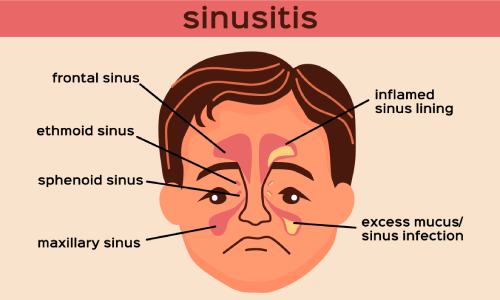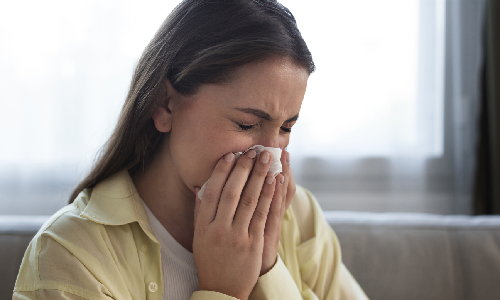Taken from the ancient text Manu Smriti, (“Dharma (righteousness) protects those who protect it.”) this quote reflects the essence of Vijayadashami, where righteousness and good ultimately prevail. Dussehra, also known as Vijayadashami, is a prominent festival in Indian culture symbolising victory, renewal, and the triumph of good over evil. It marks the conclusion of the nine-day Navratri festival, which is celebrated with great devotion across India. This festival is significant for both cultural and spiritual reasons, often referred to as “Vijayadashami,” which means “the tenth day of victory.” It commemorates Lord Rama’s victory over Ravana and the defeat of Mahishasura by Goddess Durga. The day is not only about celebrating victory but also about embracing new beginnings, learning, and personal growth. Homes are adorned with beautiful rangolis, and people come together in joyous celebration. The Essence of Vijayadashami At its core, Vijayadashami represents truth, renewal, and prosperity. Whether it’s a new business venture, an educational pursuit, or a spiritual practice, this day is considered auspicious for any fresh start. Vijayadashami reminds us that life is a continuous cycle of learning and seeking opportunities for growth. While Dussehra traditionally marks the victory of good over evil, its importance extends beyond mythology. It symbolizes the triumph of positive thoughts, wisdom, and self-discipline over ignorance and negativity. It’s a day to reflect on personal and spiritual progress, set new goals, and embark on new journeys. Vidyarambham: New Beginnings and Knowledge सरस्वति नमस्तुभ्यं वरदे कामरूपिणि। विद्यारम्भं करिष्यामि सिद्धिर्भवतु मे सदा॥ (O Goddess Saraswati, I bow to you, who grants boons and fulfills desires. I am beginning my pursuit of knowledge; may I always achieve success.) One of the most meaningful traditions associated with Vijayadashami is Vidyarambham, especially in South India. This ceremony, particularly popular in Kerala, introduces young children to the world of education. On this day, elders encourage children aged between 2 to 5 to write their first letters, usually on rice or sand. Known as “Ezhuthiniruthu” in Kerala, this tradition celebrates the beginning of one’s educational journey. For students, this day is a time to renew their dedication to learning, while for professionals, it’s a day to take new steps in their career or business. Spiritual Growth and Renewal Vijayadashami has a deep spiritual significance. The festival acts as a reminder to discard the old and start afresh not just in the material world but also on emotional and spiritual levels. This is the time for spiritual detoxification – getting rid of negativity and embracing positive energy. You might have heard of many Rishis or spiritual healers practising Sadhna during the nine days of the Navratri festival. Vijaydashami, being the 10th day, marks the culmination of their connection with their inner selves and the divine. Ceremonies like worship and reading of scriptures are part of the process of invoking blessings for a meaningful life. The celebrations of Vijayadashami symbolise the fact that there should be a balance between the three entities of human beings, i.e., mind-body-soul. A day which is a perfect combination of celebrating defeat over negativity and also anticipating the dawn of new beginnings in hope and positivity. Vijayadashami Traditions and Rituals Every region in India celebrates Vijayadashami in its unique ways. The burning of effigies of Ravana in northern India symbolises the triumph of good over evil. It is a dramatic spectacle and a symbol of triumph over life’s challenges and negativity. Down south, especially in Trivandrum, Kerala, and the rest of South India, Vijayadashami marks a day that is largely dedicated to knowledge and learning. The festival falls on the last day of Navratri, and many educational institutions perform Saraswati (Goddess of knowledge) Puja to invoke her blessings. Hindus also celebrate this period as the end of the monsoon and the beginning of the wedding season. From an Ayurvedic perspective, Vijayadashami is a time to make the resolution for good health! I, being an Ayurvedic doctor, take a vow on this day to deepen my knowledge and help more and more people with real Ayurveda. Significance in Education People dedicate Vijayadashami to learning new things — for children as well as adults in the context of the modern lifestyle. This day reminds us that life is a school and we should never stop learning, whether it comes through experience or new knowledge. This is the perfect day for students to renew their commitments to education. Also, the school honours the teachers for being the guiding light. Ayurveda and Vijayadashami: Power of Herbs Ayurveda also associates Vijayadashami with purification and revitalization. This time best suits the body for detoxification to gain long-lasting positive health benefits. During this time, practitioners perform various Panchakarma treatments to reap their maximum benefits. Two popular and potent herbs in Ayurveda, Tulsi (Holy Basil) and Amla (Indian Gooseberry), also bear their connection to this period. Based on folklore, Tulsi Vivah (with Shaligram or a branch of Amla, representing Lord Vishnu) is performed in the following month of Vijayadashami, particularly on the 12th day of the bright fortnight of the Karthik month. Ayurveda highly reveres Tulsi, as the symbol of Lakshmi, and Amla, as the symbol of Vishnu, as nectar herbs for their life-giving force. Tulsi is extremely beneficial for strengthening your immune system (especially during seasonal changes) and is consumed in herbal teas or Ayurvedic formulations because of its tendency to support respiratory health. Amla, being a powerhouse of Vitamin C and iron, improves overall immunity and strength. Vijayadashami: A Day of Victory The day of Vijayadashami emphasises the balance between the three entities of human beings, i.e., mind-body-soul. It represents youth and strength, wisdom and success. This day marks the beginning of a new cycle – an ideal time to… Continue reading Vijayadashami: A Time for New Beginnings and Knowledge
Vijayadashami: A Time for New Beginnings and Knowledge









